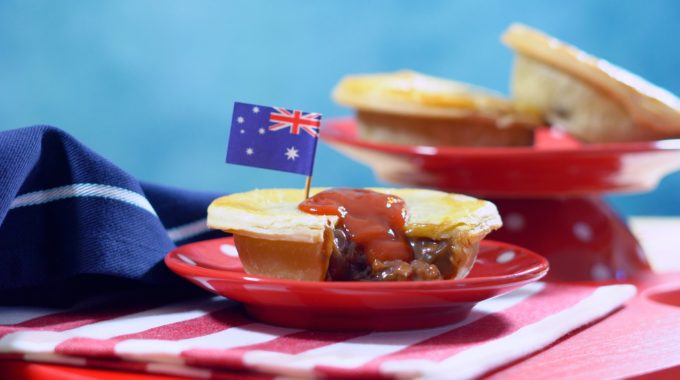Iconic Aussie foods: a brief history
Every country has a food that it’s famous for. Italy has pizza, France has croissants, Turkey has the doner kebab, China has dim sum, Spain has paella. When it comes to Australia, our best-known foods might be steeped in a little less history and tradition, but that doesn’t mean they’re any less special in our eyes. Ahead of Australia Day, we take a look at some of the most iconic Aussie foods and the stories behind them.
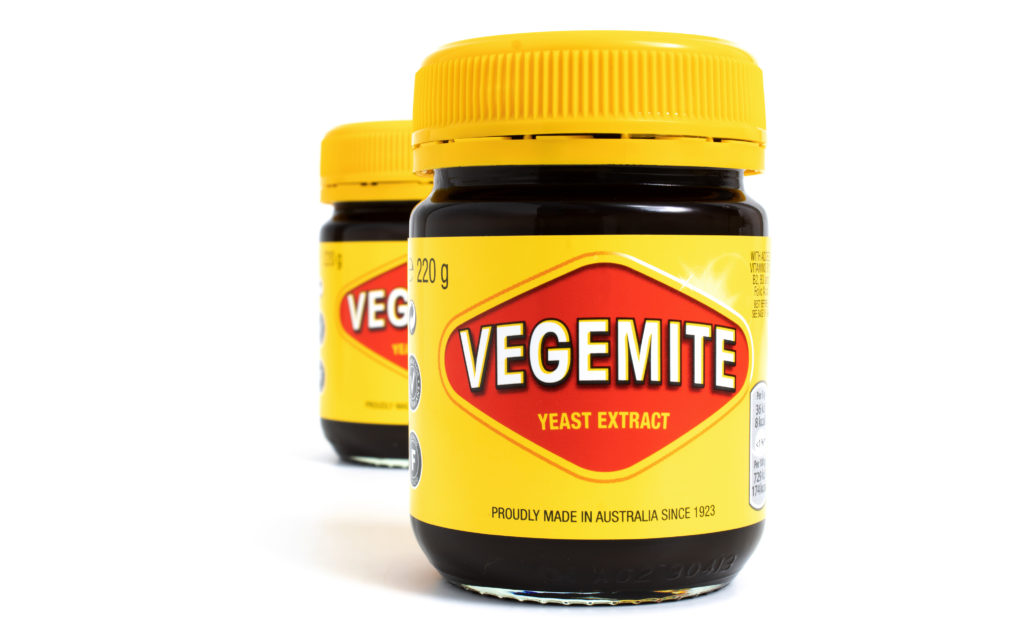
Vegemite
Love it or hate it, you can’t deny that Vegemite has to be one of the most iconic Aussie foods you can get. It was created in 1922 when the Fred Walker Company, which later became the Kraft Food Company, hired a young food technologist to develop a spread from one of the richest known natural sources of vitamin B– brewer’s yeast. After months of lab tests, Dr Cyril Callister developed a spreadable paste called “Pure Vegetable Extract”.
The company then launched a national competition, asking the public to name the spread. The name of the winner has been lost to history, but in 1923, “Vegemite” was chosen out of thousands of entries. However, the product didn’t take off right away; it took another 20 years before Australians really embraced what has become our national spread. More than 22 million jars of Vegemite are now sold every year.
Want to try something a little more adventurous than Vegemite on toast? Check out these vegan Vegemite brownies. They’re way more delicious than you might think.

Meat pie
Former NSW premier Bob Carr once referred to it as our “national dish”, but the meat pie has actually been around for centuries. According to Brisbane food historian Dr Janet Clarkson, the pie was first invented as a way to preserve meat in medieval Europe. The pastry itself wasn’t meant to be eaten; instead, it was used as a cooking container and preserver. The pastry was then discarded, used to thicken soups or given to the poor.
However, the iconic Aussie meat pie that we know and love today was first created by Bendigo pie-maker Leslie McLure. He began selling them at the Royal Melbourne Agricultural Show in 1949. As demand increased, he expanded his operations, and his creation became the iconic Four’N Twenty pie. It’s now become synonymous with the footy; the hand-held meaty treat is seen as the perfect footy fare on a cold winter’s arvo.
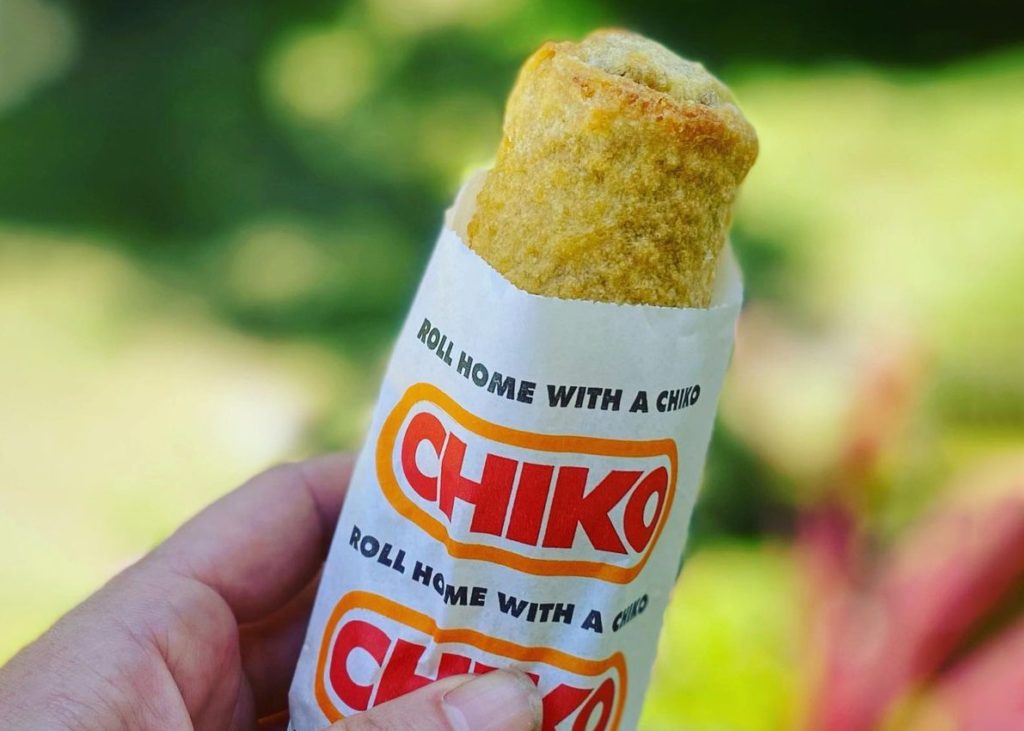
Chiko Roll
The Chiko Roll also has its origins in Bendigo. Here, boilermaker and part-time caterer Frank McEnroe was inspired to create the fried cabbage roll as a more robust version of the Chinese spring roll. As he often catered for football matches and other outdoor events, he wanted something that could easily be held in one hand, with a cold beer in the other. He first introduced the Chiko Roll to the public at the Wagga Wagga Agriculture Show in 1951. By 1965, you could find them in takeaway shops and at footy games across Australia.

Lamington
On the sweet front, Australia’s own lamington has been delighting taste buds for over 100 years. This sponge cake dipped in chocolate and coated in coconut is as simple as it is delicious. But where did the lamington come from?
What is known for sure is that the cake was named after a certain Lord Lamington, who was Governor of Queensland at the end of the 19th Century. But from there, stories surrounding the cake’s origin vary. One says that the cake was created by Lamington’s French chef, who had to feed unexpected guests at short notice. He cut up some day-old sponge cake that was lying around, coated the slices in chocolate and then rolled them in coconut. Et voila!
Another story says that one of Lamington’s servants accidentally dropped some sponge in chocolate (as you do). His lordship suggested that, in order to avoid his getting chocolate all over his fingers while he ate it, the servant cover it in coconut for him.

Tim Tam
Arnott’s first launched the Tim Tam in 1964, basing it on a British biscuit called Penguin. An Arnott’s food technologist had tried Penguin biscuits while on a trip to the UK in 1958. He decided to develop his own improved, Australian version. It was a huge hit. Around 270 million packets of Tim Tams are now sold here each year.
Tim Tams are also loved by people the world over, with the biscuit sold everywhere from the US to Israel, Indonesia and the Philippines. While the original will always be the best, since its launch, the Tim Tam has also been released in a huge range of flavour variations. This includes a cheese-flavoured version (?!) that’s sold exclusively in Indonesia.
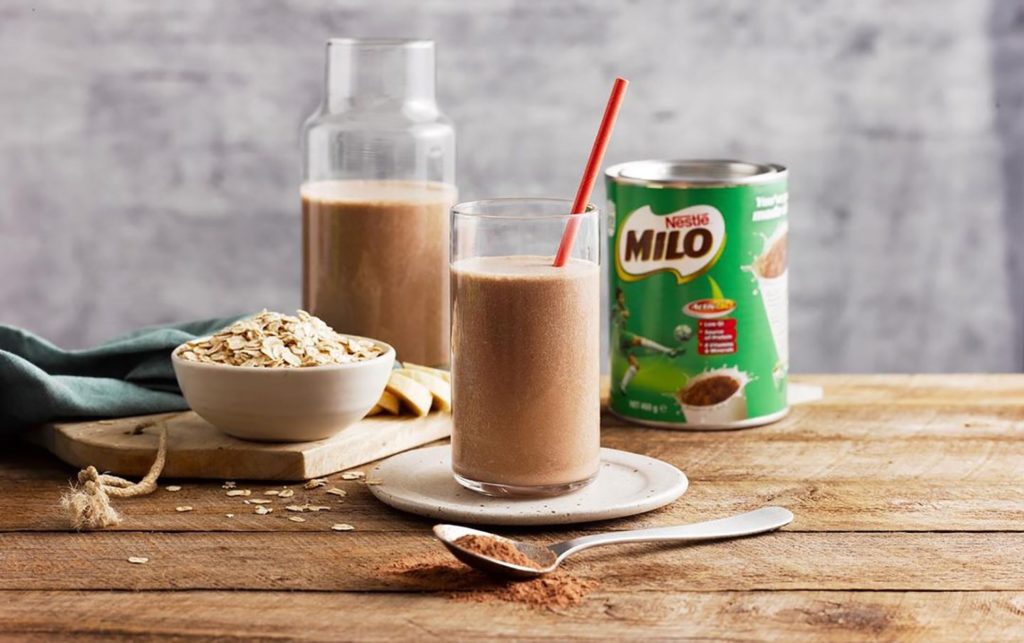
Milo
Fun fact: Milo is named after Milo of Croton, a 6th Century BC Greek wrestler who possessed legendary strength. The crunchy chocolate milk drink was first introduced in 1934, and was created by chemical engineer, Thomas Mayne, from Smithtown, NSW.
It was during the Depression, and Nestlé wanted to develop an affordable “tonic” drink that tasted good enough that kids would like it, while also giving them the vitamins and minerals they needed. The drink also had to be made from local ingredients such as malted barley, dried milk and cocoa. Mayne wanted to create a mix that would dissolve when stirred, and not have any crunchy bits in it. But he couldn’t quite manage to do this.
Then one day, he walked into his kitchen to find his son and daughter scooping the crunchy bits of Milo powder off the top of their drinks. It was then he realised that the crunch factor wasn’t a problem; it was a plus. Millions of Aussie kids would now agree.
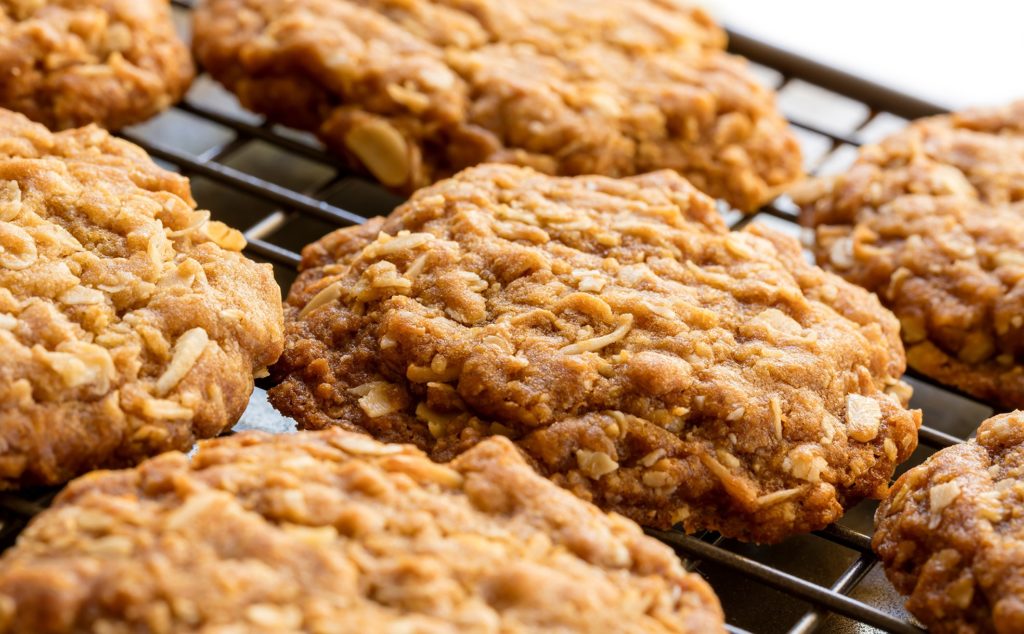
Anzac biscuits
There are some iconic Aussie foods – pavlova, for example – that New Zealand claims as its own. But when it comes to Anzac biscuits, our two nations are happy to share the credit. The biscuit was first created in 1915 and was named after the Australian and New Zealand Army Corps (ANZAC). Wives and mothers would send the biscuits to ANZACs posted overseas; the ingredients didn’t spoil easily and transported well. Today, you can find Anzac biscuits produced commercially, but we reckon you can’t go past the homemade version.


